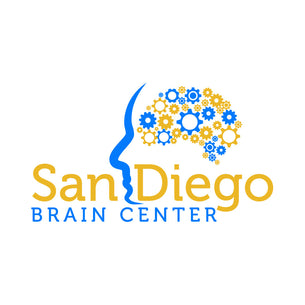There’s a reason we can’t stop cuddling and kissing a baby — a new study shows its essential for healthy brain development.
Thanks to a safe new brain imaging technique, researchers have been able to observe how a baby’s brain responds to not only being touched on their hand or foot, but also to seeing an adult being touched as well (although observing touch activates the brain less than experiencing it).
Both receiving and observing touch activate the somatosensory cortex, and area that runs over the top of the brain from ear to ear and is involved in touch, pressure, pain, temperature, position, movement, and vibration. Touch in different areas of the body activate different parts of the somatosensory cortex.
Activation of this area by both experiencing and observing touch is evidence that a baby can distinguish between self and other, say researchers. This is important because it is the foundation to imitating and learning from others, as well as experiencing empathy.
It’s perhaps not surprising touch is so essential to brain development. After all, it’s the first sense to develop in humans. Before they can communicate verbally, touch is a channel of communication between babies and their caregivers.
A survey study from a children’s hospital in Ohio also showed that babies who received lots of hugs, cuddling, and affection from their caregivers showed stronger brain responses than babies who were touched less often.
Functional neurology for a touch-deprived brain
Many people were born in a time when babies were left alone and untouched for long periods both at the hospital and at home. It was thought babies needed to learn how to self-soothe, cry it out, and toughen up. We now know that increases the risk for anxiety, depression, low self-worth, a lower IQ, less empathy, addiction, mental illness, and health problems.
A touch-deprived brain can be rehabilitated. This also applies to people whose touch in early life was abusive. Early childhood neglect or abuse can wire imbalances in brain development. A functional neurology exam can identify areas of the brain that are under active or over active so that a customized rehabilitation program can be designed for you.
If a safe loved one isn’t available, getting a massage or foot reflexology is one way to begin activating the brain’s touch centers. Healthy socialization can also help fill in the gaps created by lack of early healthy touch.
And just as observing touch activated the somatosensory cortex in babies, adults can also activate neglected areas of the brain by watching people touch and relate to one another in healthy, loving ways. This is also helpful for someone who may become triggered by touch and needs to ease into it by allowing the brain to create a mirroring process for its own neurology.
Ask my office for more information on functional neurology for help with mood and mental disorders that may stem from lack of or abusive touch. We also specialize in working with brain injury, memory loss, dizziness, dystonias, and other brain-based disorders.
